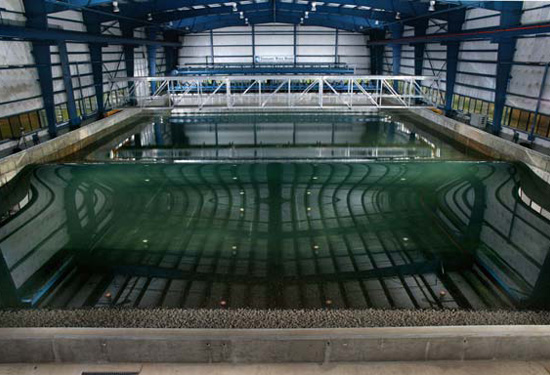Water Demand to Double By 2035
Photograph by Bernhard Classen, Alamy
The global increase of coal power, along with the coal industry's
adoption of
new technologies, will drive the largest share of water
consumption for energy
use through 2035, according to the IEA.
Pictured: Germany's Jaenschwalde coal
plant.
The amount of fresh water consumed for world energy production is on track to double within the next 25 years by 2035 according to projections by the International Energy Agency (IEA).
According to IEA's forecast the largest strain on future water resources from the energy system would be the soaring coal-fired electricity and the ramping up of biofuel production.
If today's policies remain in effect the IEA calculates that water consumed for energy production would increase from 66 billion cubic meters (bcm) today to 135 bcm annually by 2035.
That amount equals the amount of residential water use of every person in the US for three years! That amount would be equal to four times the volume of the largest US reservoir, Hoover Dam's Lake Mead.
More than half that drain would be from coal-fired power plants, and 30 percent would go to biofuel production. The IEA estimates that oil and natural gas production would account for 10 percent of global energy demand in 2035!
National Geographic
Not only now, but in the future it is becoming more and more imperative to conserve water, our most precious resource. Every year droughts seem to be becoming more severe and pro-longed. Leak detection is becoming an industry unmatched in importance for our planet and it's resources.
Accredidation: National Geographic Daily News







